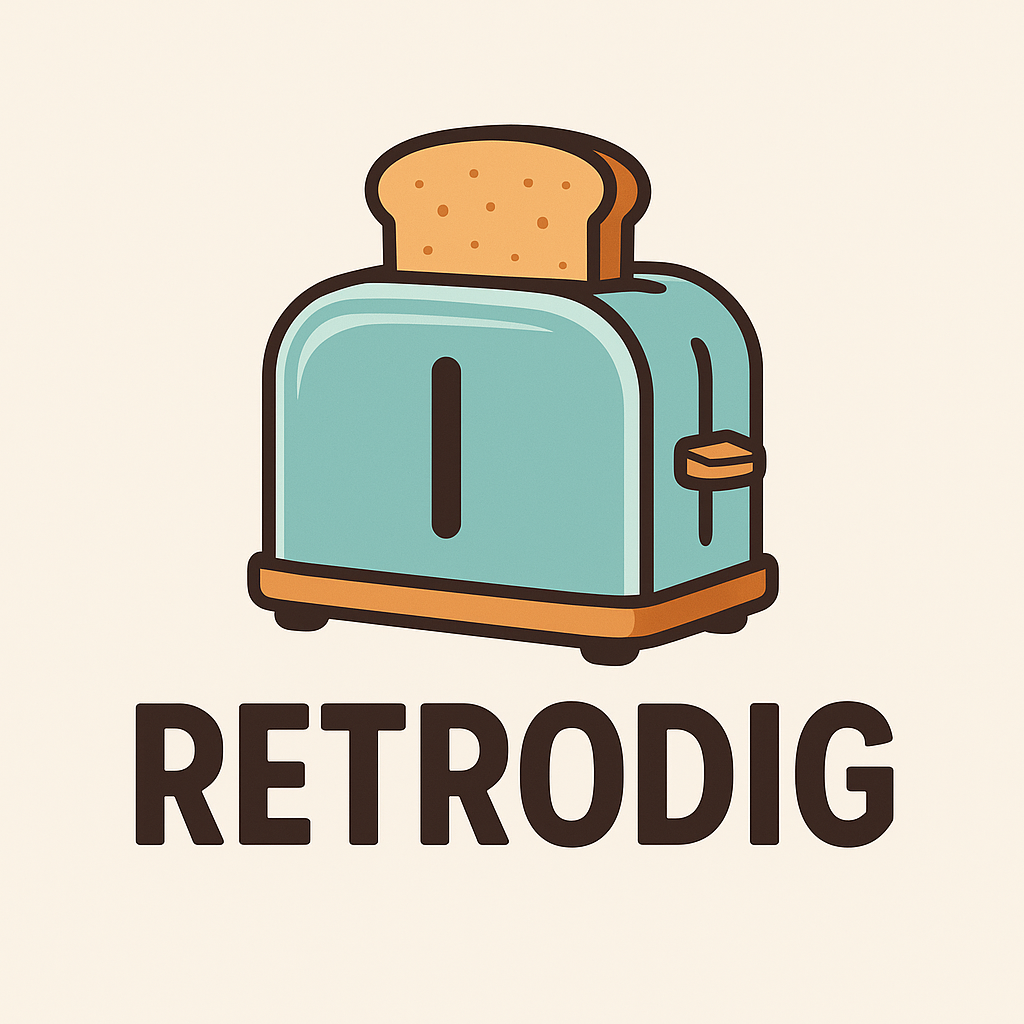Retro Toaster Buyer’s Guide: How to Choose the Right One
Retro toasters have become popular not just for their nostalgic look but because they add unique charm to the kitchen while remaining functional. When choosing one, it’s important to look beyond the surface. A toaster that looks great but delivers uneven browning, weak mechanics, or poor durability will end up being more frustration than fun. Paying attention to key features will help you pick a toaster that’s both stylish and practical.
Material and build quality should be your first consideration. A true retro toaster should feel solid and substantial. Stainless steel and enamel finishes resist dents, scratches, and discoloration, while a heavy body with polished chrome accents signals better craftsmanship. Plastic exteriors may save money but often feel flimsy and scratch easily, taking away from both the look and durability of the toaster. The lever is another important part to check. A smooth, firm lever that springs back reliably is a sign of quality engineering.
Key points to consider for materials and build:
-
Stainless steel or enamel is more durable than plastic
-
Heavy body with chrome trim indicates quality
-
Lever should feel solid and spring back smoothly
Durability is crucial because toasters get frequent use. Higher-end retro models tend to have stronger heating elements that withstand years of daily use. Solid internal wiring and mechanical components ensure the toaster lasts longer than cheaper alternatives. Some brands even provide multi-year warranties, a good sign they trust their build quality. If you plan to use the toaster daily, durability should be a top priority alongside design.
Heating performance is the heart of any toaster. A good retro toaster should toast slices evenly without leaving burnt edges or underdone centers. Advanced heating elements, and sometimes quartz or infrared technology, can deliver faster and more uniform results. Adjustable browning settings are essential so every household member can get their preferred toast level. Look for clear dials or markings. Toasters with inconsistent settings can waste bread and create frustration.
Heating performance checklist:
-
Even browning on all slices
-
Adjustable browning levels
-
Advanced heating elements for faster, uniform toasting
Convenience features make a difference in everyday use. Wide slots are useful for artisan breads, bagels, or thicker slices. A removable crumb tray simplifies cleaning and keeps the toaster performing well. Some models include extras like countdown timers, warming racks, or reheat functions, which can make your experience smoother.
Convenience features to look for:
-
Wide slots for different bread types
-
Removable crumb tray for easy cleaning
-
Optional extras like timers, warming racks, or reheat
Value varies widely in retro toasters. Entry-level models may give you the look but not the long-term reliability, while premium options combine design, performance, and extra features. Consider how often you’ll use the toaster. Occasional use might be fine with a mid-range model, while daily use benefits from investing in a high-quality option that prioritizes durability and precise heating.
Choosing the right retro toaster comes down to more than just looks. Focus on materials, durability, heating consistency, ease of cleaning, and extra features that fit your lifestyle. A well-selected retro toaster is more than an appliance. It is a functional centerpiece that brings style, convenience, and reliability to your kitchen for years to come.

